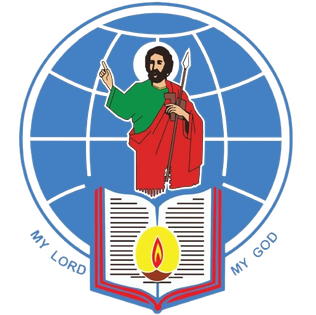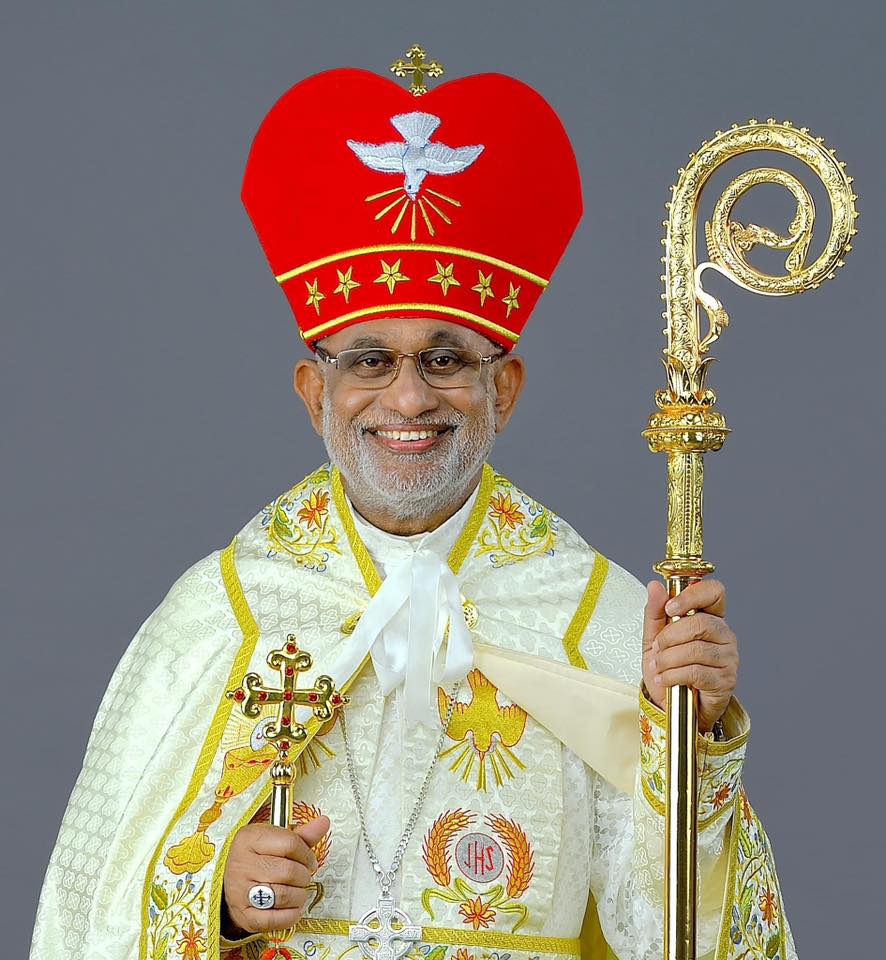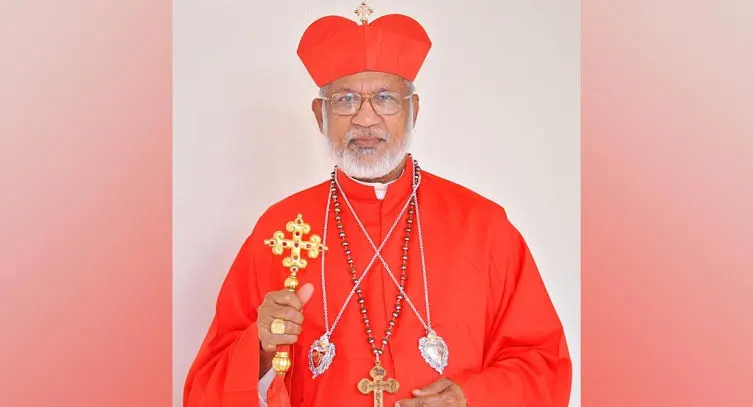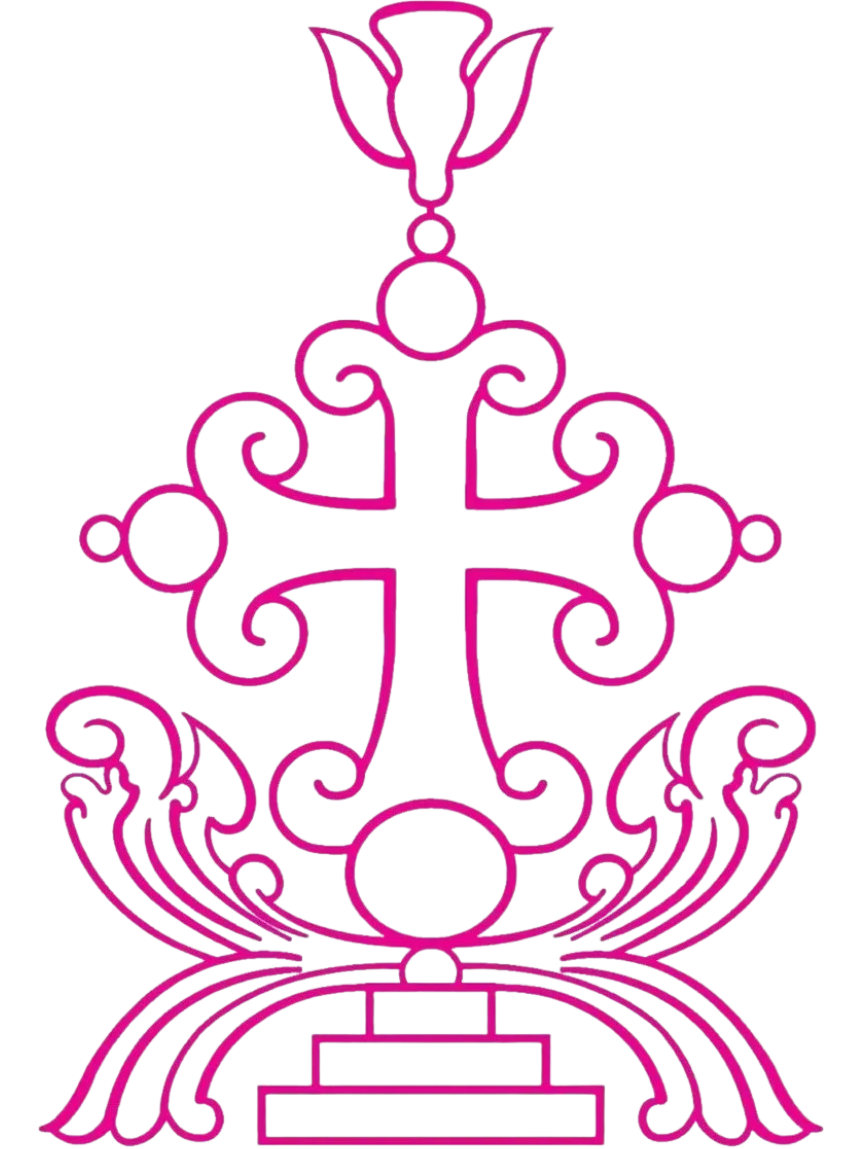The Syro-Malabar Church is one of the 23 eastern catholic churches in full communion with Rome. It has over 5 million faithful around the globe and is the largest eastern church in catholic communion. It belongs to the East Syrian liturgical tradition and is a sui iuris church led by the Synod of Bishops headed by the Major Archbishop. The Syro-Malabar church traces its origin to the missionary works of Mar Thoma Sleeha (St. Thomas the Apostle). The Apostle travelled to the south western coast of India - the Malabar coast and landed at the port city of Muziris (modern-day Kodungallur). Muziris was the capital of international spice trade at that epoch and had many Aramaic - speaking Jewish expatriate communities. These Jewish expatriates and many locals received Christ through the works of St Thomas.
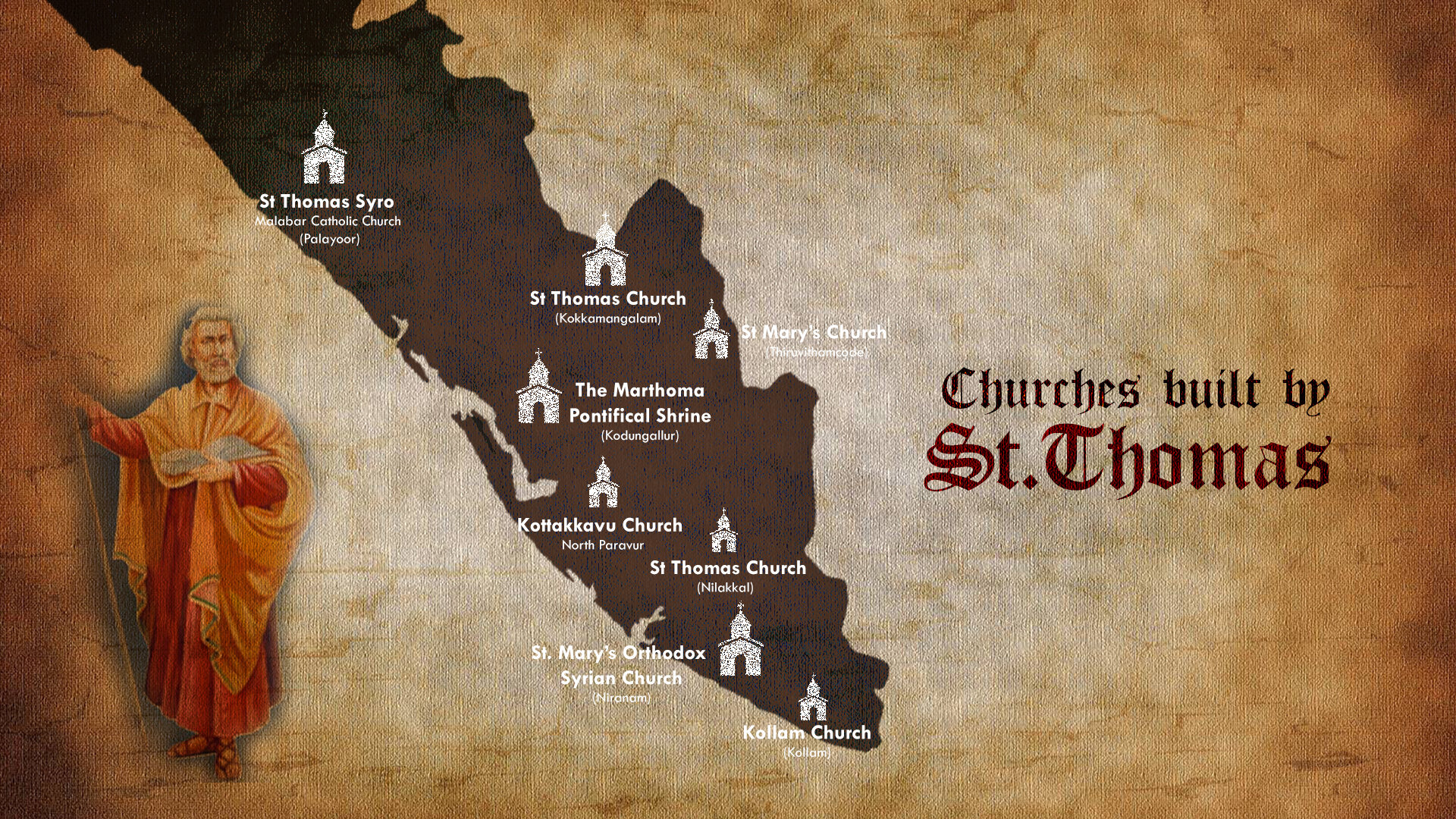
As a result, seven ancient Christian communities developed near major Jewish settlements along the Malabar coast - Palayur, Kodungallur, Kokkamangalam, Kottakavu (Parur), Kollam, Niranam, and Chayal (Nilackal). These communities were called ' Ezhara Pallikal' (Seven King Churches). The Apostle later travelled to the East coast of India and got martyred at Mylapore. The Judeo-Christian community thus evolved in India and later became known as Mar Thoma Nasranis or St. Thomas Christians.
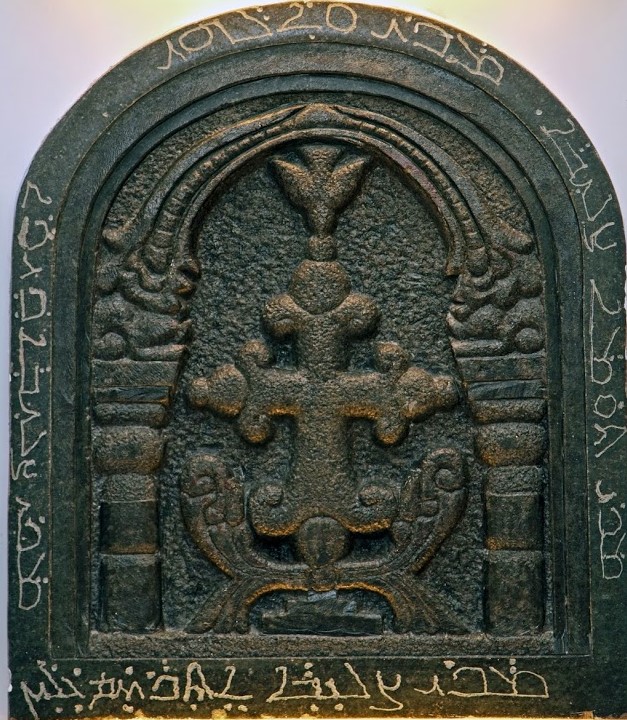
St. Thomas Christians were connected with the Syrian Christian communities of the Middle East from the early centuries, and multiple visitors came (Pantaenus from Alexandria and Mar David of Basra). The migration of Canaanites under the leadership of Knayi Thoma in the 4th century brought East Syrian Bishop Mar Yawsep of Uraha. Since then, Mar Thoma Nasranis had been under East Syrian (Chaldean) Patriarch. These East Syrian bishops took care of the spiritual needs of the community. At the same time, the temporal matters of the church were governed by the Archdeacon - a celibate priest. Apart from that, Mar Thoma Nasranis had a unique democratic system of church administration called 'Palli Yogam' based on the ancient Dravidian Munrom system.The church in India followed the East Syrian liturgical tradition. Like other Judeo-Christian communities in the East, the Nasranis followed the Semitic School of Theology, and Syriac/ Aramaic was the liturgical language. Holy Qurbana was the centre of faith life, and St. Thomas Christians gave much importance to their families.
It shaped the development of a unique way of faith expression called Mar Thoma Margam - Way of St Thomas. The lifestyle was Christ-centred, where Scripture and faith are paramount in anything from dress code to food. They had an aesthetic lifestyle and were often known as lovers of fasting. In the multicultural milieu of India, they proclaimed their faith passively through their lifestyle. The church in India had always been in Catholic Communion. The St. Thomas Christians considered the East Syrian Patriarch their ecclesial head, but they agreed on the Pope of Rome as their supreme head. Portuguese arrival ended St. Thomas Christians' relationship with East Syrian Patriarch.
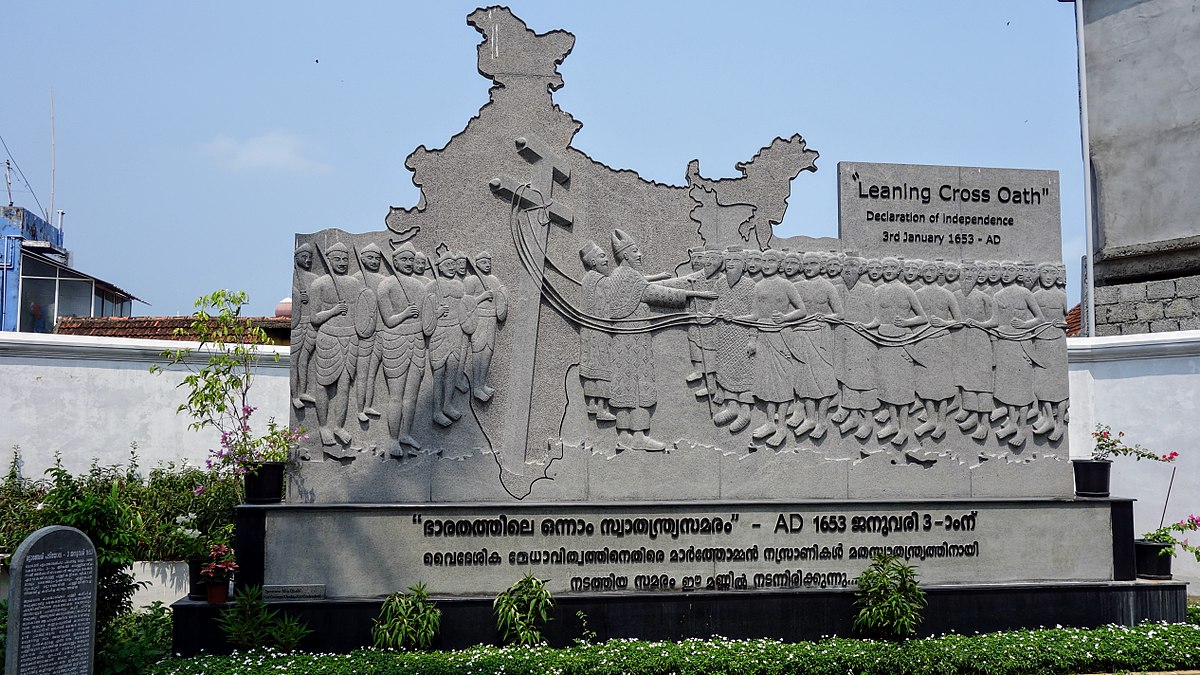
The Synod of Diamper in 1599 (convened by Archbishop. Menezes of Goa without permission of Rome) brought Nasranis under Latin jurisdiction. However, the missionaries could not understand the East Syrian tradition and tried to convert St. Thomas Christians to Latin Christianity. The people resisted this, and this resistance peaked in 1653 at the Coonan Cross Oath when the St. Thomas Christians vowed not to obey European missionaries any further.
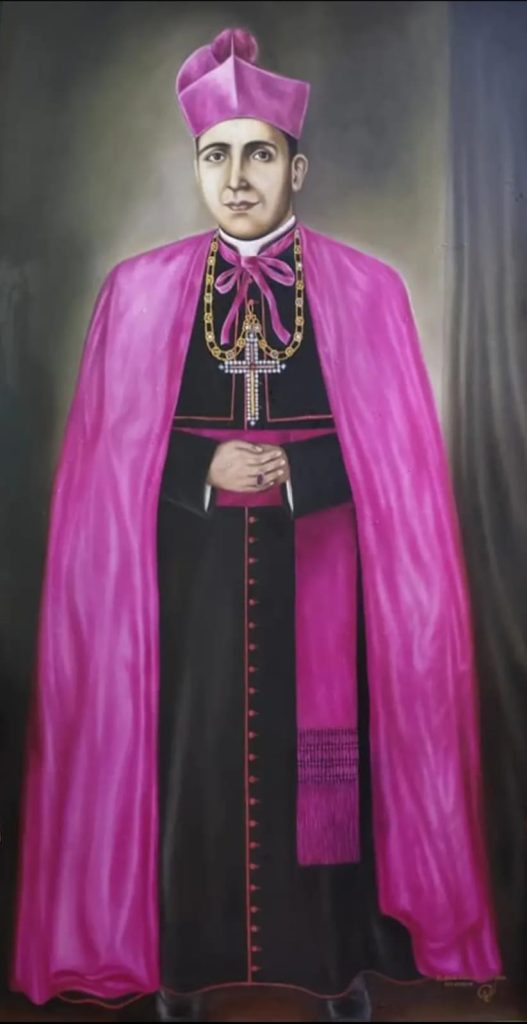
Archdeacon Thomas was consecrated as Bishop Mat Thomas 1 by twelve priests laying hands on him (This was an invalid act). Rome responded to the incidents in Malabar and sent an Apostolic commissary Mar Sebastiani - who was able to bring back the majority of the St. Thomas Christians to the Catholic Faith. However, a faction decided to stay with the Archdeacon, and they later became Jacobites. Synod of Diamper had long-lasting effects on the St. Thomas Christians. The community, which has been one since the time of the Apostle, was split into two. Apart from that, we lost a great extent of our eastern identity. However, the Syriac language continued to be the church's liturgical language. The Nasaranis greatly loved Syriac, for it was the language of the Lord and His Apostle. St. Thomas Christians attempted multiple times to regain their identity and reunite.
Finally, towards the end of the 18th century, a delegation of two priests, Mar Joseph Kariatti and Paremmakkal Thoma Kathanar, was sent to Rome. The story of their adventurous journey to Lisbon and Rome is depicted in Varthamana Pusthakam - the first travelogue written in an Indian language. Mar Kariatti was consecrated as Archbishop of Kodungallur, with a faculty to bring the Jacobites back to the Catholic church. However, he could not reach Malabar as he died in Goa on their return journey. The unfortunate and sudden death of Mar Kariatti torpedoed all attempts of St Thomas Christians to reunite. Later, Paremmakkal Thoma Kathanar reached Malabar with the help of great lay leaders like Thachil Maathu Tharakan and became the Governador of the Archdiocese of Kodungallur. St. Thomas Christians continued their struggle to regain their eastern identity.
The 19th century was turbulent as missionaries from various Christian denominations reached Malabar. St Kuriakose Elias of Chavara had a significant role in leading the church through those troubled times. Towards the end of the 19th century, by the works of great leaders of Fr. Immanuel Nidhiiry, the Holy See recognised the Catholic St. Thomas Christians as a particular church and called it Syro-Malabar Church (Syrian Catholics of Malabar).
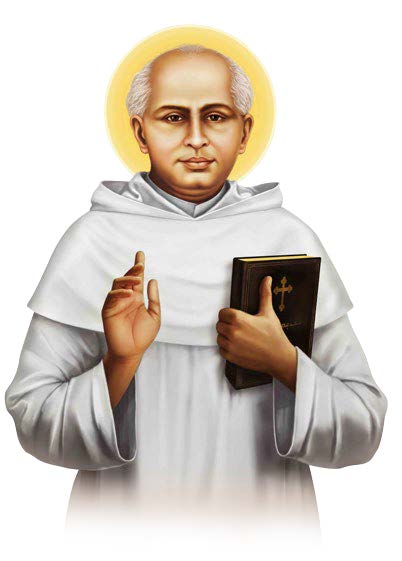
Two vicariates, Kottayam and Thrissur, were formed for the Syro-Malabar faithful. In 1923, the Syro-Malabar hierarchy was instituted under the Archeparchy of Ernakulam - Angamaly, Eparchies of Changanacherry, Thrissur, and Kottayam (Knanaya) as its suffragans. Nevertheless, the ecclesial jurisdiction of the Syro- Malabar Church was limited between the rivers Nila and Pampa in central Kerala.
By 1960, while Cardinal Tisserant was the prefect of the Oriental Congregation in Rome, this jurisdiction was extended to all over Kerala and parts of neighbouring states, Tamil Nadu and Karnataka. Eparchy of Thalassery was established for the Syro - Malabar migrants in North Malabar. The Anaphora of Mar Addai and Mar Mari was restored. Parts of the Holy Relics of our Apostle Mar Thoma Sleeha were brought to India and established at Kodungallur, where he initially landed. The second half of the 20th century and the start of the 21st century saw a great jump in the history of the Syro-Malabar church.
Sons and daughters of St Thomas the Apostle started going out as missionaries carrying the same evangelisation zeal of their father in faith. Apart from that, the lay faithful who migrated to different parts of India and the world formed Syro-Malabar communities wherever they went to cherish and celebrate the great faith handed down from their ancestors. Multiple mission eparchies were established in different parts of India, and this missionary zeal made many call us the most vibrant missionary church in the Catholic communion.
By 1992, Syro - Malabar church became a Major Archi episcopa sui iuris Church with Major Arch- bishop as its head, and the Syro-Malabar Synod was established. The start of the 21st century saw the Nasrani church growing globally. Eparchies were established in Chicago, Melbourne, Great Britain and Mississauga. The Eparchy of Shamsabad was erected to bring back the All-India jurisdiction of the Syro-Malabar Church. Today we have 31 eparchies in India and four eparchies in the western countries, along with an Apostolic visitation to Europe. There are thousands of Syro-Malabar faithful in other Asian and African countries too.

